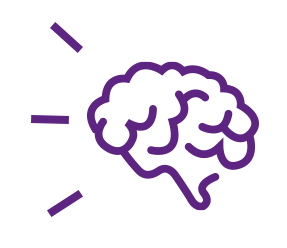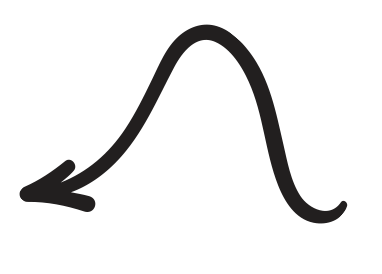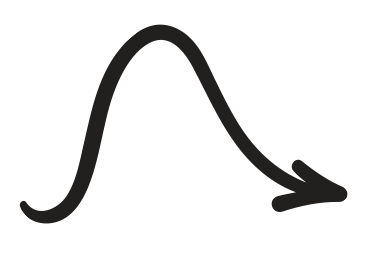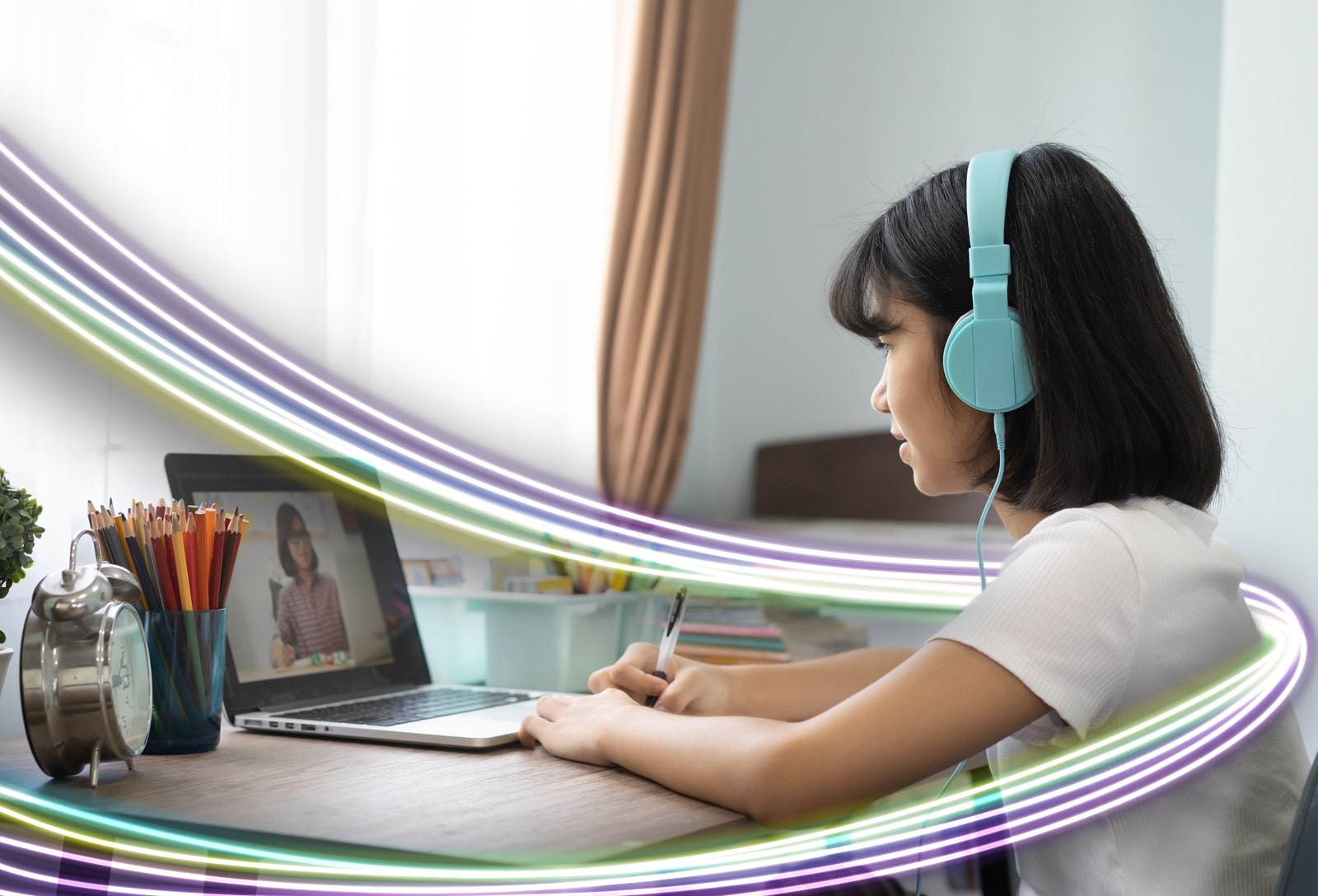
Customer contact in education
You encounter the following every day in your interactions as a consumer: communication in a comfortable format, via web, app, email, phone, or social media. You want a clear answer to your specific question. In education, finding such answers is often still a cumbersome process: parents have to struggle through a whole host of web pages and documents themselves to find an answer to a question. Students often have to use various apps for timetables, appointments, and tasks. Why not make it easier?
By using RPA software and Artificial Intelligence, communication with the school can be made both easier and more personal. This is how you optimise customer contact in education.
Here is a quick guide to the topics covered on this page:
What is RPA? What is Artificial Intelligence + Examples in education Example of RPA in contact: a chatbot
A few customer cases Still not convinced?
What is RPA?
RPA stands for Robotic Process Automation. Simply put, RPA means using software to automate common, repetitive operations. Parents and students often ask questions during interactions with the school. Answering these questions requires access to information that the school often has to retrieve from different systems. This is time-consuming, and in many cases there is no overview available to provide an adequate answer.
RPA can play an important role in automating the retrieval of this information so that the school can provide targeted and personalised responses.
What is Artificial Intelligence (AI) and how do you implement it?
24 hours per day
With the assistance of AI, you can therefore provide 24-hour support, including answering questions that would normally require contact with a teacher or the administration department.
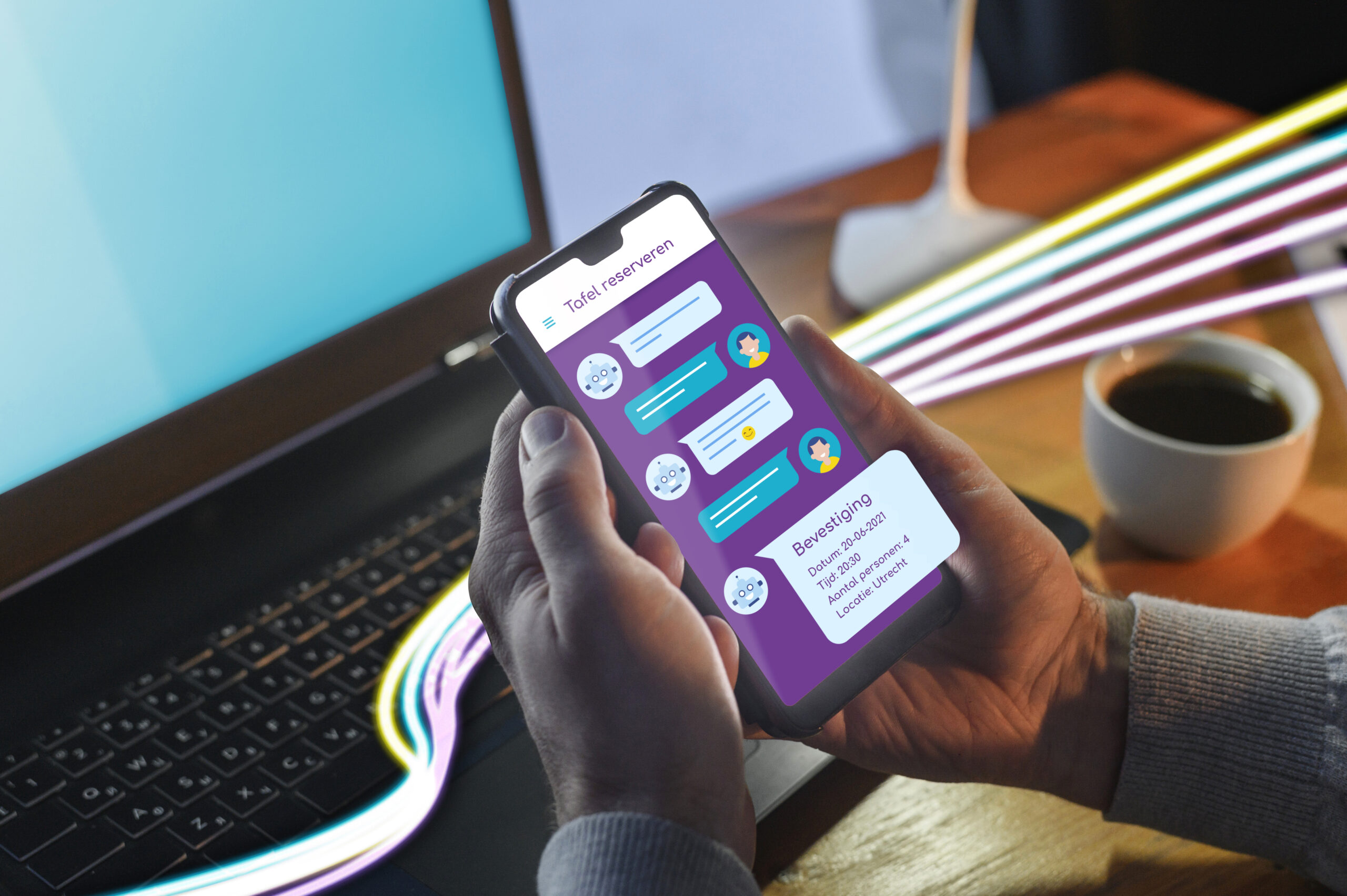
Example of Robotic Process
Automation
Chatbots in education
For example, consider a student's request for extra support or guidance. The student asks for help and can use a chatbot to make an appointment with a tutor or to sign up for extra support. RPA ensures that this is immediately processed in the student tracking system and in the teacher's diary.
A few customer cases

Interested but not yet convinced?
Are you interested in Robotisation within your educational institution, but not quite convinced about implementing it yet? Then we would like to help you. In the free white paper on RPA in education, you can read all about Robotisation, which robots are suitable, and what they can do for you.
Here, we also cover the advantages of robotisation. You will also find a checklist to help you determine whether robotisation can make a difference within your educational institution.
Download the white paper here:

I want to implement robotisation within my educational institution
Robotisation is applicable in a wide range of processes. Each educational institution works in its own way, and therefore each solution is tailor-made.
Request an introductory meeting with one of our specialists to find out how Robotisation and AI can be implemented within your educational institution.

